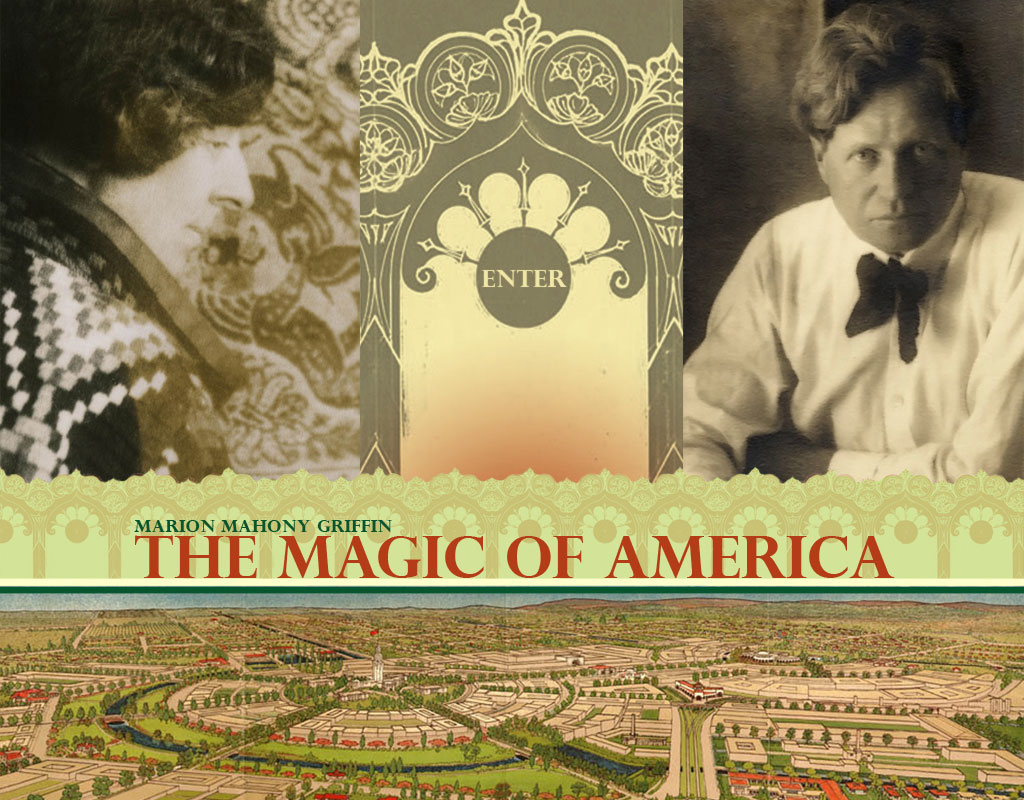Greetings from the The Shine Dome in Canberra where
Professor Jan Gehl is presenting the
2009 Walter Burley Griffin Memorial Lecture. Professor Gehl conducted the "
Sydney CBD Public Life and Public Spaces Survey" and is the author of "
Life Between Buildings: Using Public Space". He started with Robert Mann New York traffic engineer, he proposed the "lomax" (Lower Manhattan Express way). In response
Jan Jacobs rallied the neighbourhood and went on to write "
The Death and Life of Great American Cities". He then went on to talk about after graduation and learning how people use architecture and what was wrong with architectural education. He strives to go beyond two dimensional rendering which architects use to worry about the dynamics of human use of architecture.
Professor Gehl was critical of
Le Corbusier's 1924 planning, where the citizens may only get some greenery on a wall to look at. He also criticised the
CIAM Athens Charter 1933 which aimed to separate people and transport. From the 1950s as cars became affordable, the problem became to find more space for cars and planners had become traffic engineers. The result was tall buildings with all the spaces between them taken by cars. The dignity of people was lost in the process with the car taking precedent. Cities are valuable because they allow people to meet each other face to face and cars degrade this.
In the eighties old urbanism was rediscovered with housing tower blocks demolished.
The
1998 Second Athens Charter of City Planning reversed the previous charter arguing that housing and transport should be unified. Many architects were already practising this, but some not. In 2009 in Dubai,
Frank Gehry is still proposing 1920s Le Corbusier style impersonal buildings. Professor Gehl described this as "
Bird Shit" architecture, dropped from the sky to pollute the urban fabric. He showed the example of
Kenzo Tange's, Singapore waterfront high rise.
Professor Gehl used Copenhagen 1962 to 2009 as an example of what to do. In 1962 the main street was pedestrianised, with great success. Progressively 18 public squares were turned from parking lots into people squares. He charted the change in reasons for visiting the city, which changed from "Necessity" in 1900, "Transport" 1950, Shopping 1960, to Enjoyment in 2000. An illustration of this is the growth of the cappuccino culture. Even in Cophenagan's climate, people are happy to be outside all but two months of the year.
In the 1960's Copenhagen considered phasing out bicycles, but this was reversed by the first oil crisis. Copenhagen developed a
network of bicycle paths separated from car traffic. They also have priority traffic lights for bicycles and green lanes. The lights are timed to allow a continual flow of bicycles, with cars having the wait. This is the reverse of the
trend in Beijing, where bicycles are being squeezed off the roads.
In Copenhagen new roads are being designed with only one lane in each direction for cars, plus bicycle lanes, but in such a way they have a higher car capacity than a four lane road. Taxis and trains are also equipped to carry bicycles.
Professor Gehl contrasted Brisbane and Copenhagen bicycle use. Bicycle use in Brisbane was much lower, with ,most cyclists being young males treating it as an "extreme sport", whereas Copenhagen has almost as many women as men at a much more relaxed pace. However, the Copenhagen cyclists looked hardy when cycling through snow storms.
Discussing Australia, Professor Gehl detailed Melbourne's success at attracting people to the city. He saw a similar positive future for Sydney, with trams and bicycle lanes planned.
Labels: Architecture, Canberra, Climate Change, land planning, Public Transport, Walter Burley Griffin








